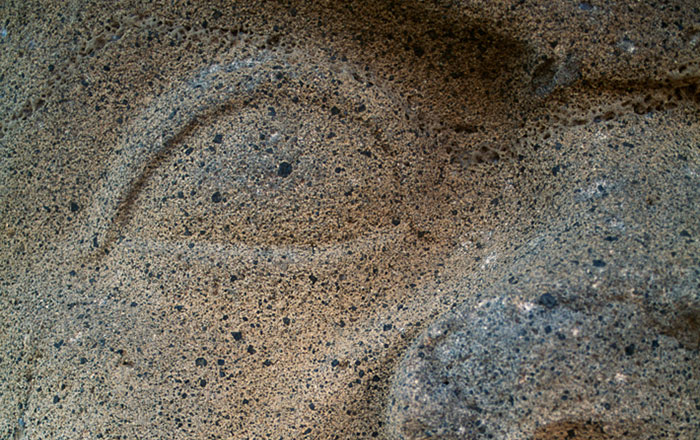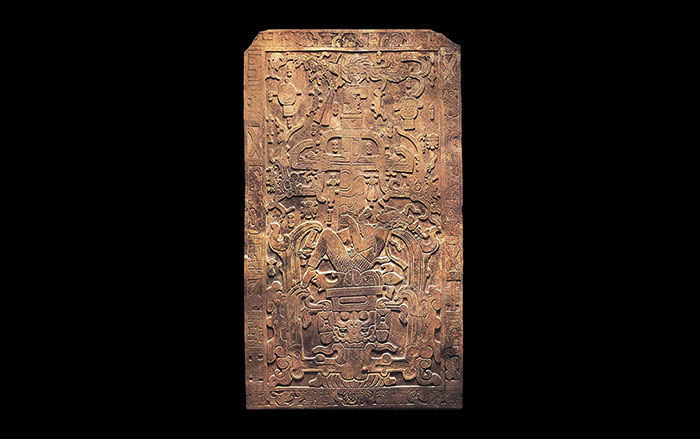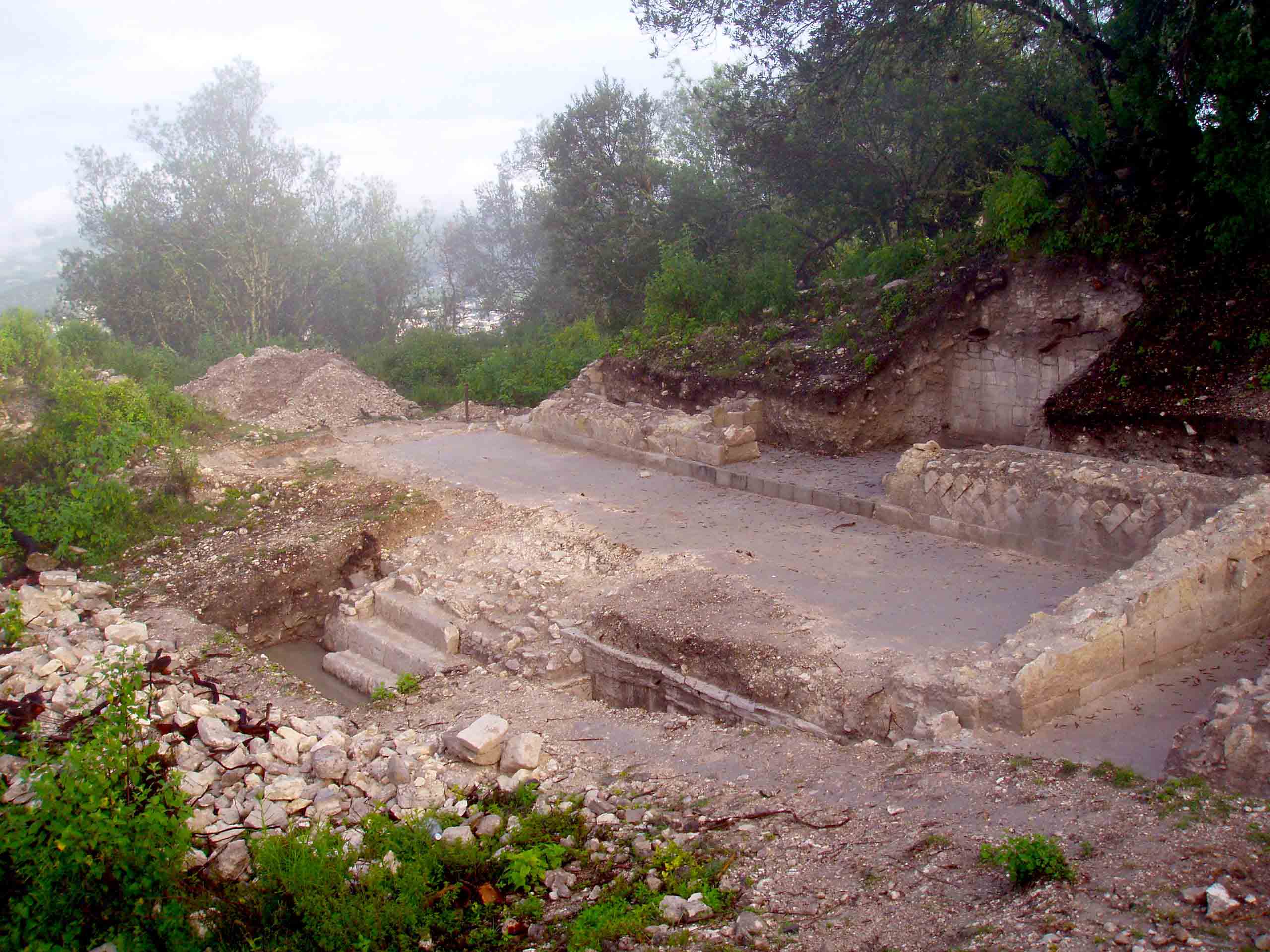
Rubber was an essential material for many people of pre-Columbian Mesoamerica, who used it to make objects such as sandals and rubber bands. However, it is perhaps best known as the material used to create the balls that were the centerpieces of well-known Mesoamerican games. A team of researchers has now employed a range of imaging techniques and methods of chemical analysis to better understand how the earliest known rubber balls from Mesoamerica were fashioned. The researchers studied 14 balls found at the Olmec site of El Manatí in Veracruz, Mexico, that are up to 3,600 years old. “At El Manatí, rubber balls were found as offerings in ritual contexts in considerable quantities,” say archaeologists María del Carmen Rodríguez and Ponciano Ortiz, leaders of the El Manatí Project. “We think they must also have been used in ball games because there are several courts nearby.”
The Olmec, whose name means “people of the rubber country” in Nahuatl, were the first people to manufacture rubber balls. First, they extracted latex from the Castilla elastica tree, then dried and formed it into thin rectangular strips. These strips were wrapped around a small nucleus, gradually enlarging the ball. Finally, the ball was covered with a thin layer of latex, which held the layers together and provided additional bounce. This process is not very different from the one still used to make rubber balls in the region.











